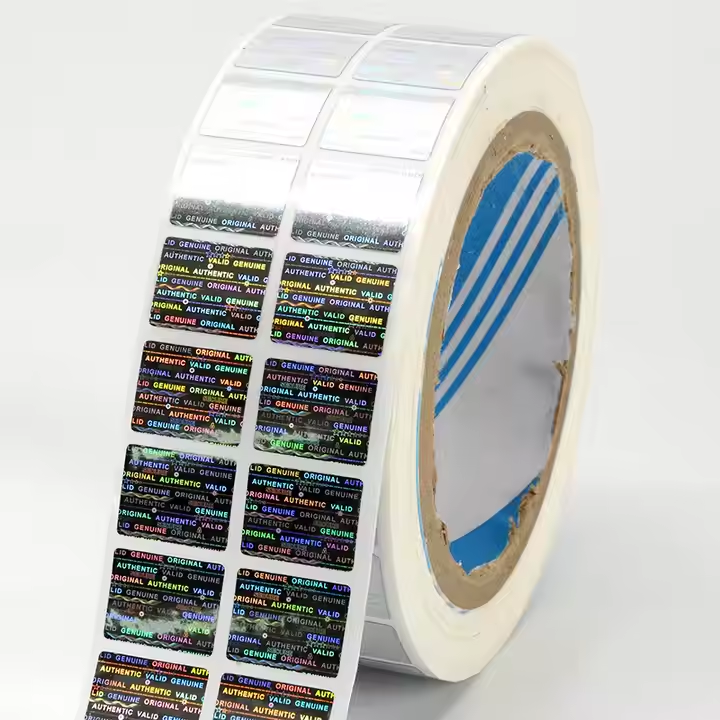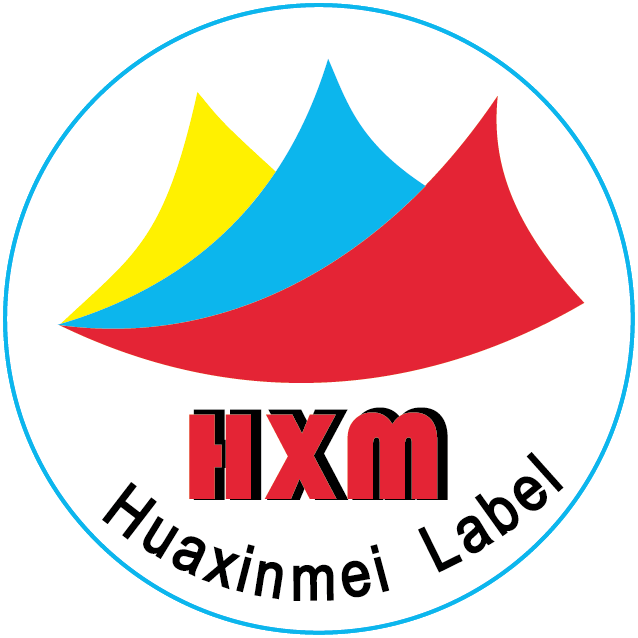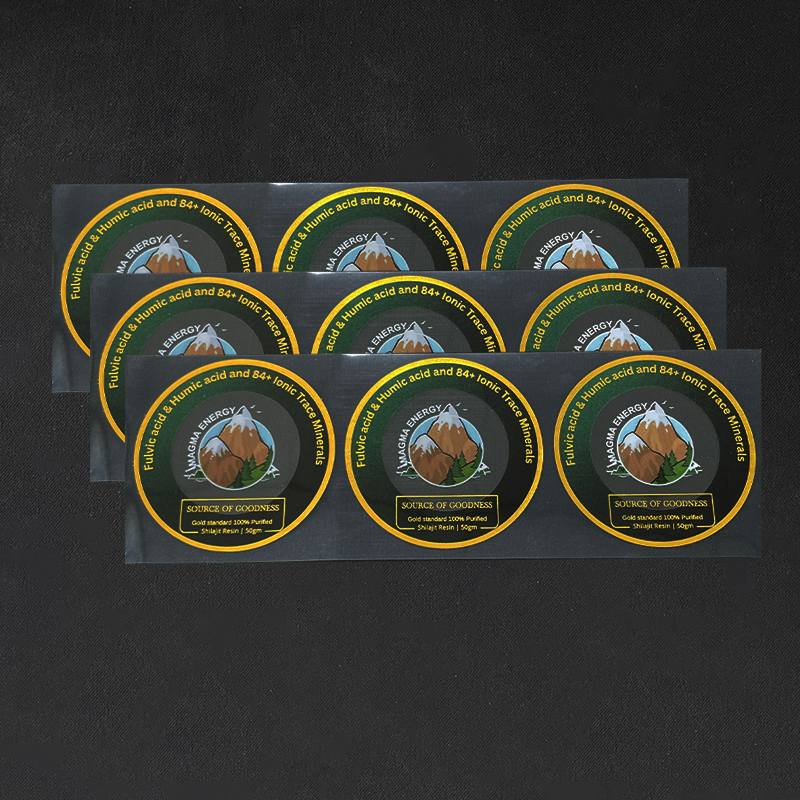
Functional Features
First and foremost, the primary function of a box is to hold and protect the contents. Generally, boxes are designed with appropriate dimensions that correspond to the size of the product. The size of the packaging box should fit closely with the product. If the box is too large, the product may move around during transportation, leading to damage; if it is too small, the product might not fit or could be crushed. For example, for electronic products like mobile phones, manufacturers need to measure the length, width, and height of the phone accurately and then design a box that is just slightly larger, leaving some cushioning space around the edges for materials like foam or sponge to protect the phone from impacts. It is essential to design packaging boxes or bags that match the product because proper fit prevents damage due to excessive movement during transport. For items like luxury goods or ceramic glass products, extra care is needed; the design of the box must be suitable, and if there are any gaps, decorative shredded paper or foam can be added for protection.
At the same time, appropriate dimensions help save storage space and transportation costs. In warehousing, well-sized boxes can be stacked more efficiently, improving warehouse space utilization; during transportation, they can make full use of cargo space, reducing the number of trips needed. A well-fitting outer package can also garner positive consumer reviews, as everyone appreciates neatly packaged, beautiful products.
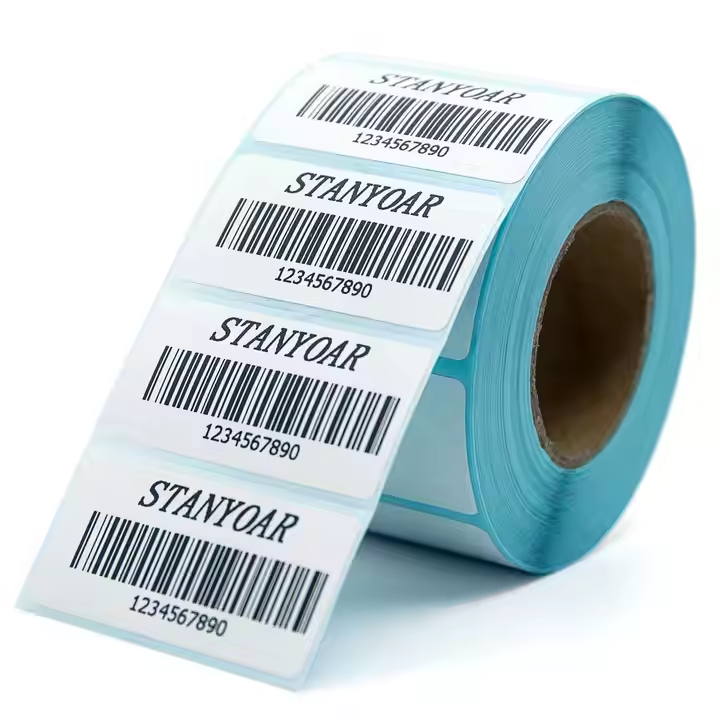
Sufficient Strength and Durability: Packaging boxes need to withstand various stresses that may occur during transportation, storage, and handling. For heavier products like machinery parts, the box material must be thick enough to support the weight without breaking. Generally, hard cardboard or corrugated cardboard is used, as the wavy structure of corrugated cardboard provides excellent compressive strength. For example, fashionable toys are typically packaged using foam or corrugated cardboard, effectively protecting the products from damage. Durability also includes resistance to environmental factors. For instance, in humid environments, the box material should have moisture-resistant properties to prevent it from softening, deforming, or damaging the internal product. Some high-end packaging boxes may utilize moisture-proof coatings or plastic film wraps to enhance moisture resistance. Additionally, some products use hard cardboard packaging to deter pests; for example, tea products are usually packaged in hard boxes that not only protect the contents but also enhance the product’s premium image.
Ease of Opening and Closing: Another function of packaging boxes is to allow for easy opening and closing. Consumers should be able to conveniently open the box after purchasing a product. For items requiring a seal, such as food and pharmaceuticals, the sealing design must ensure product integrity while being easy for consumers to open. For instance, a tear-off design allows consumers to easily rip open the packaging while effectively preventing contamination before opening. Some food packaging bags even feature a resealable chain, making it easy to close the bag after opening, such as with sunflower seeds.
Visual Features
Brand Consistency: The design of packaging boxes must align with the brand image. Consistent visual and product representation makes it easier for consumers to remember the product. This includes using the brand’s standard colors, logos, and fonts. For example, Coca-Cola’s packaging primarily features red as the main color; its custom packaging boxes, whether for cans or plastic bottles, heavily utilize red and prominently display the brand logo, enabling immediate brand recognition. Similarly, the cups and bags for Mi Xue Bing Cheng’s milk tea feature a predominant white color, evoking a refreshing summer vibe, perfectly matching the brand’s image.
The brand’s philosophy and style should also be reflected in the packaging box design. If a brand emphasizes eco-friendliness, the packaging can use recyclable materials and embody a simple, natural design. For luxury brands, high-quality materials like leather, metal, or textured specialty paper might be chosen, with more intricate designs featuring gold foil stamping or embossing to convey exclusivity. Brand positioning must match the external packaging; if the product is positioned as high-end, its packaging must also reflect that quality.
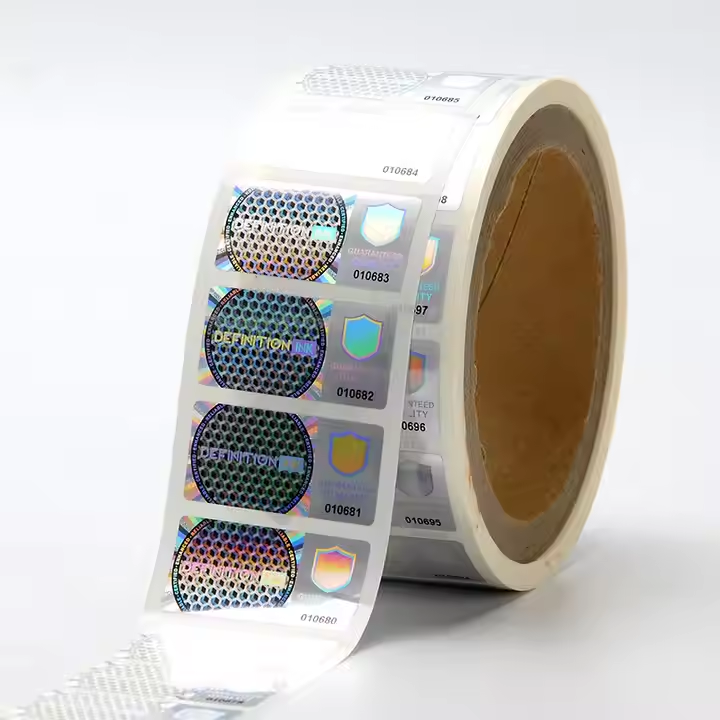
Attractive Appearance: The product’s packaging design should be attractive enough to catch consumers’ attention amidst competitors. Unique shapes can help products stand out on shelves. For example, some cosmetic brands design packaging boxes in innovative geometric shapes, like triangular or hexagonal forms, setting them apart from traditional rectangular boxes. To gain a competitive edge, it’s crucial to create distinctive packaging, as consumer aesthetics are continually evolving. Well-designed packaging often garners more consumer admiration.
Pattern Design: The design should resonate with the target audience’s preferences. For children’s products, packaging might feature cartoon characters, bright colors, and playful patterns, while high-end adult products might use simple, elegant patterns, such as abstract art or understated textures.
